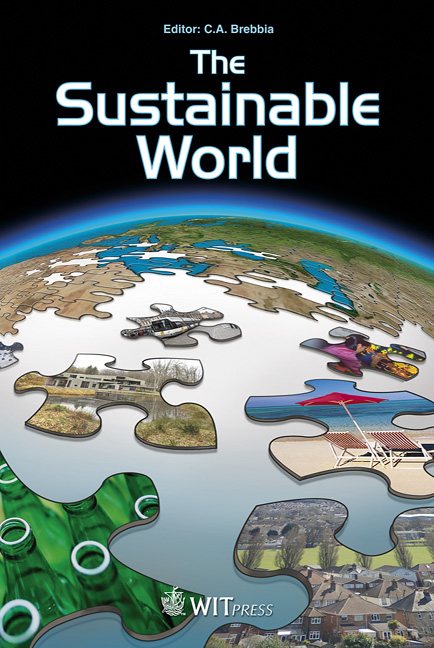Retrofitting Potential Of An Existing Tourist Lodge For Improved Environmental Performance: An Investigation
Price
Free (open access)
Transaction
Volume
142
Pages
12
Page Range
759 - 770
Published
2010
Size
3,281 kb
Paper DOI
10.2495/SW100681
Copyright
WIT Press
Author(s)
S. Bardhan, B. Ghosh, S. Hazra & M. Chatterjee
Abstract
Tourism industry involves a wide range of constructional activities in terms of development of infrastructure and lodging facilities in tourist destinations. Hotels, resorts, lodges etc. are known to be resource intensive, especially during their operation-cum-maintenance period. This is critical, when seen in the context of sensitive ecological belts, as is common for nature based tourism. Such a tourist lodge not only replaces a certain amount of local flora and fauna in its own site and immediate surroundings, but also continues to load the ecosystem by using substantial energy and other resources for its day to day functioning. Since these structures are 24-hour operational, the cumulative effect of this may eventually exceed the carrying capacity of the eco-system supporting it. This paper attempts to present a study that examines the possibilities of ecointervention by retrofitting one such existing tourist lodge with active and passive resource-efficient measures with an intention to find the theoretical improvement in its environmental performance. The building in question is a medium capacity tourist lodge located in the ecologically fragile coastal belt of the Indian Sundarbans overlooking Bay of Bengal in the state of West Bengal, India. The process involves mapping of the current consumption/generation pattern of the structure in terms of energy and water and compares these footprints with the post-retrofit situation of the same building. Since energy consumed by these structures depends on the conventional systems of electrical grid and the stand-by Diesel Generator, Carbon emission becomes a critical criterion in the measurement. The study also covers the indirect benefits of these retrofits on local plant species. The final results of this analytical study were
Keywords
natural resources, eco-compatibility, building sustainability, environmental retrofit, carbon emission





